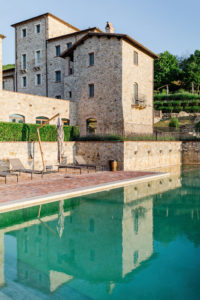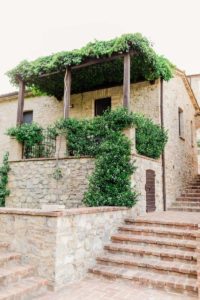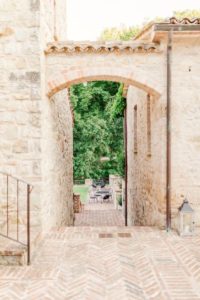Breath-taking landscapes, unpolluted nature, farm-to-table products, traditions and culture: these are just some of the reasons why future starts from the Italian villages, and why today they represent the true alternative to urban suburbs.
As it was written in article by the Italian newspaper “Il Sole 24 Ore”: the relaunch of Italian borgo (see rural villages) stems from the necessity to live into nature and to combine more and more family and spare time with the usual business life.
This is the opinion of the architect and town planner Mr. Stefano Boeri, who has been the forerunner to a new branch of studies and activities that today aims at regenerating, repopulating and giving new lymph to Italian villages.
Italian wedding borgo venues: the future is here
An architectural, cultural and social heritage that has a specific important relevance.
As the statistics by the Italian association for farming support (Coldiretti) declared and a Sole 24 Ore article showed, it is enough to think that in Italy the urban centres with less than 5,000 inhabitants are 5,498 and it represents 70% of Italian municipalities.
16% of Italian population lives in the small villages, which means 9,8 million people. Moreover, as the Coldiretti report shows, small municipalities represent 54% of the national territory, and in some regions it accounts for 70% of their land.
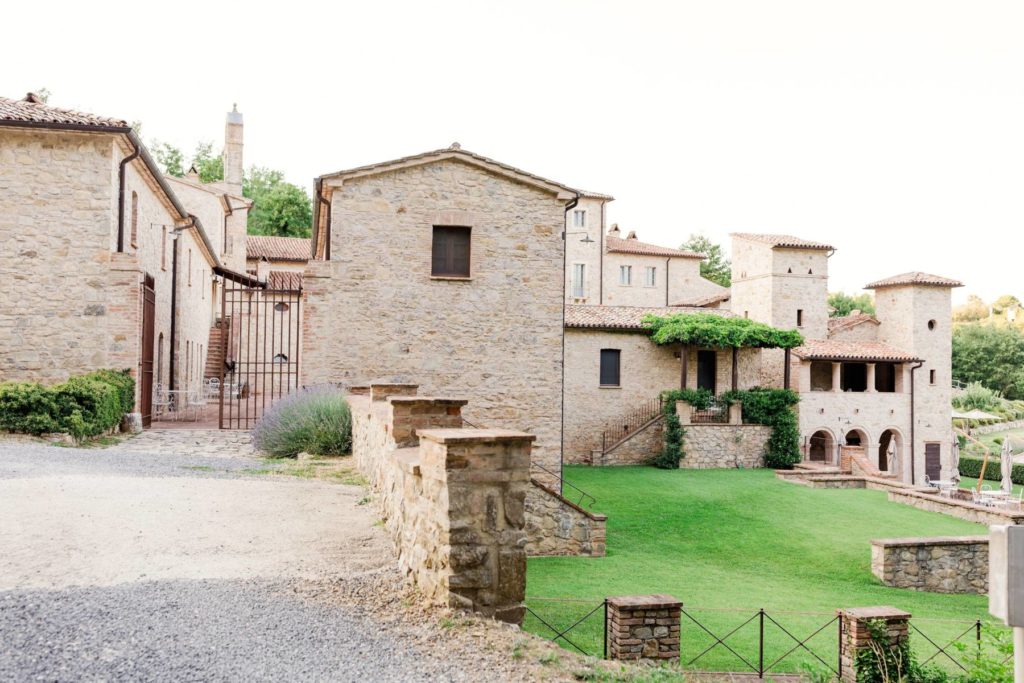
We are talking about the inestimableheritage, which already in April 2020 brought the starchitect Mr. Stefano Boeri to declare that our future is in the ancient borgo (see Italian rural villages), away from big cities.
And that recently, after the burst of the health emergency that is still on-going, made him underline that the great number of borgos in the inner areas of Italy can represent today a huge chance, especially if we consider the spread of broadband connection and the rise of the percentage of remote workers.
Italian borgos as an alternative to suburbs, Boeri says
In Boeri’s opinion, rooting perspectives and the democratic development in this country change when you have 4 or 5 days, and 2 or 3 of them are working days that you can spend everywhere which is not necessarily a suburb.
Therefore, Italian borgos become a valid alternative to suburbs to reinvent life-cycles in the post-Covid era.
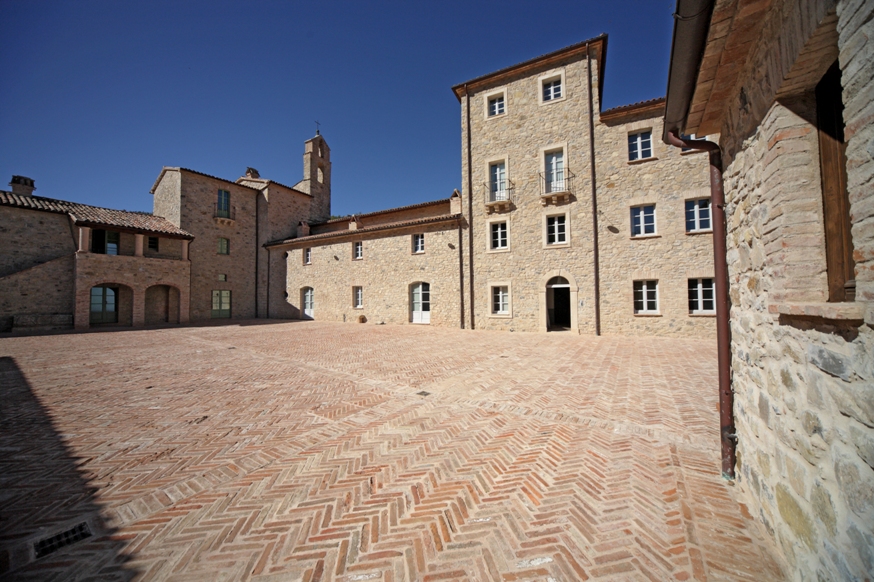
Of course, last summer many Italian people who could not go on holiday after being confined at home chose them as a destination: according to Coldiretti statistics, two Italians out of three have chosen an Italian borgo where to spend their break from work; which amounts to 66% of people on holidays.
Coldiretti continues explaining that after the lockdown, many Italian people have rediscovered their second home in the countryside or have had the occasion to appreciate life in villages or smaller centres during holidays and excursions.
Why to live in Italian borgos?
Coldiretti adds that the outcome is a spread desire to move to the countryside, which is made clear by the research of farmhouses in the smaller cities, as they are cheaper than big cities’ houses and can ensure a better life quality close to nature, discovering traditions and healthy food habits.
Breath-taking landscapes, untouched nature, farm-to-table products, culture and traditions: this is what an Italian borgo can provide. A life experience based on quality, far from any city-related stress.
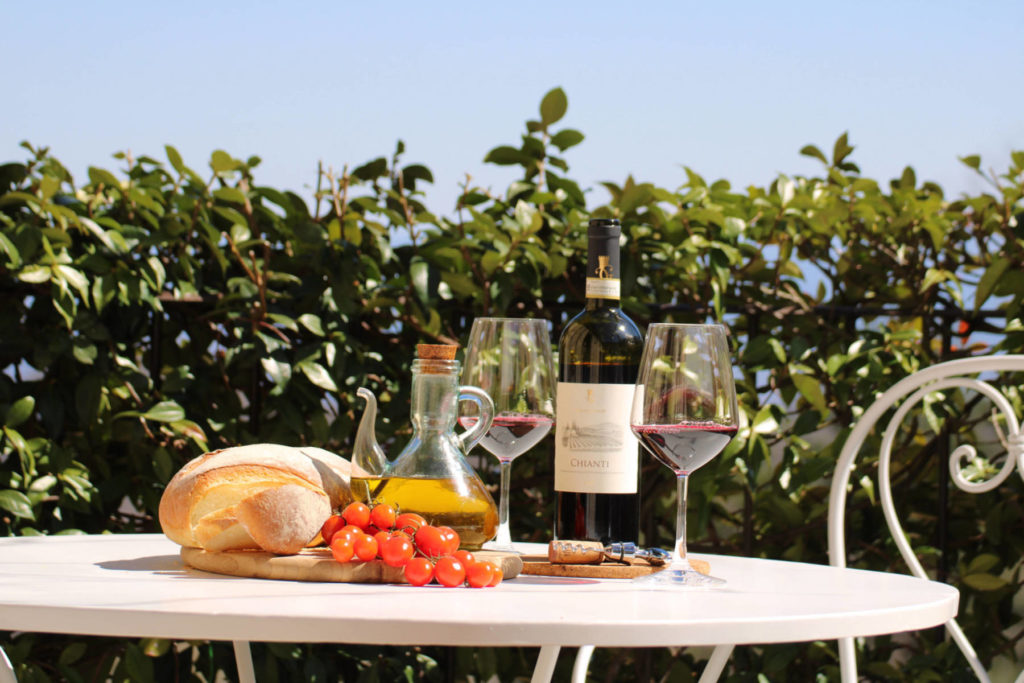
The need to repopulate Italian borgos, to regenerate parts of the national territory giving a new life to neglected and decayed little towns, is felt now more than ever.
Spao Borgo San Pietro, Italian wedding borgo venues saved from neglect
Spao Borgo San Pietro, in Umbria, is the perfect example of the recovery and rebirth activity in an Italian village, carried out by an entrepreneur Steano Magini who saved it from the decay and the passing of time.
The Borgo was built in the XIth century as a religious place for Williamite monks, and it has remained a faith fortress for almost seven-hundred years. Then, it was transformed into a small town providing any essential service and that has welcomed its inhabitants up until 1950s.
If today Spao Borgo San Pietro is confirmed to be an excellent accommodation facility is just thanks to the work of Mr. Stefano Magini, an entrepreneur coming from Rome who has bought this village when it was still abandoned and that has started a restoration and renovation project which has lasted for 5 years.
Buildings have been all dismantled, stone after stone, stabilized and reconstructed with their original materials, by respecting precisely the reconstructive techniques.
All these works have turned the medieval village few kilometres away from Allerona into a location absorbed into the green heart of Italy where luxury relies in simplicity.
Borgo San Pietro among the Italian places to visit
From the square of the old town to the deconsecrated church, from the old schools to the houses of the priest and its housekeeper, up until the buildings that once used to host business such as bakeries: today everything is alive again in Borgo San Pietro.
And everything is available to guests who decide to stay and enjoy their experiential holydays here, or who choose this structure as their event location or their wedding venue.
Without considering then the huge green spots and gardens that surround the village, apart from the natural Park of Selva di Meana which can be crossed walking, cycling and horse-riding, with ad hoc organized excursions.
“Borghi in Festival”: the Italian Ministry of Culture tender to support small towns
The latest project carried out by the Italian Ministry of Culture is another proof that the strategic relevance of villages for Italy and Italians, and the necessity to turn them from abandoned to liveable areas, is real.
The project is called “Borghi in Festival – Comunità, cultura, impresa per la rigenerazione dei territori” (namely, Villages in Festival – Communities, culture, enterprises for the renewal of territories), and it is a public tender announcement for financing cultural activities such as festivals, with the purpose of supporting wellness and improving Italian villages life quality through the promotion of culture.
A financial policy amounting to 750,000€ that aims at the renewal of territories as experimentation fields where to activate innovative, balanced, sustainable economic models which are also tightly connected to the local communities.
For further information, we are completely available also on WhatsApp.
Write to us at +39 3274255489
Follow us on:
Facebook: @spao.it
Instagram: spao.it
If you want to visit the Borgo, here we are.

 en
en  it
it 
